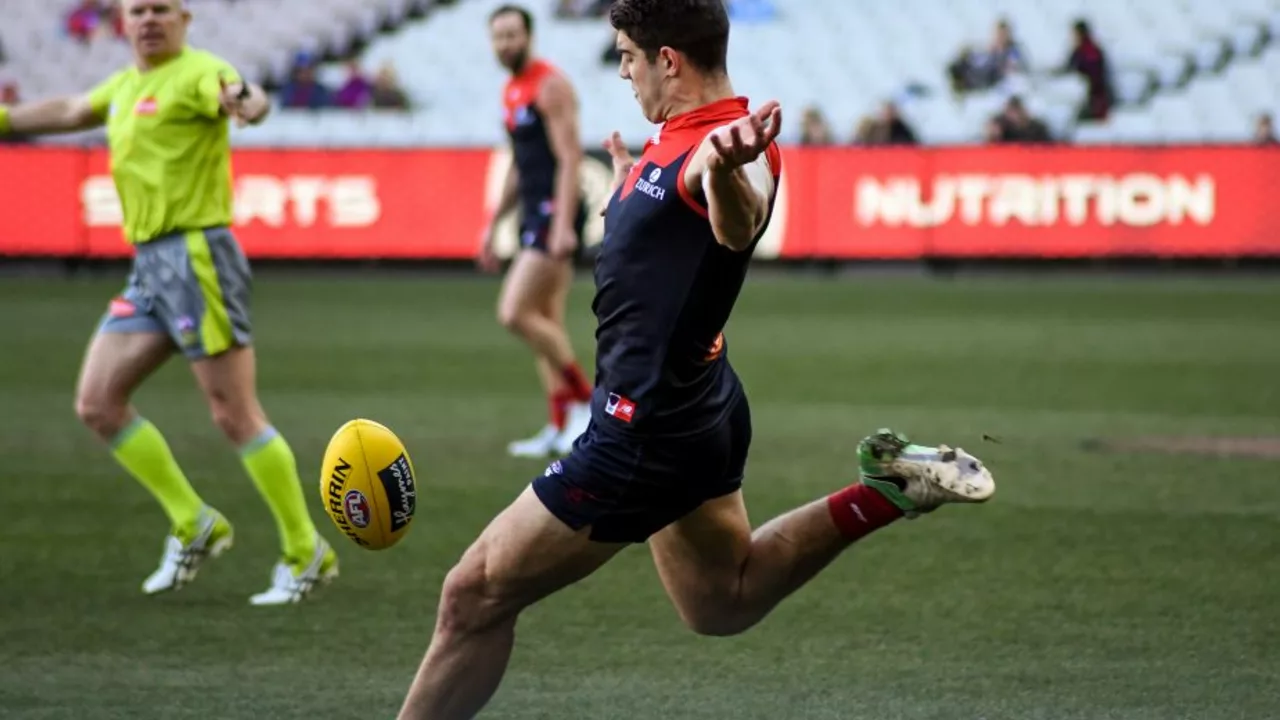Differences in Soccer: What Sets Players, Gear, and Tactics Apart
Ever wondered why some matches feel totally different from others? It’s not just luck – it’s a mix of player roles, equipment choices, and tactical tweaks. In this guide we’ll break down the biggest differences you’ll notice on the pitch, so you can spot what makes a game click or flop.
Player differences you’ll notice
First off, not every player fits the same mold. A striker relies on quick bursts and sharp shooting, while a defensive midfielder needs stamina and solid positioning. Those tiny changes in physical build and skill set shape how each role works. For example, a full‑back with great speed can overlap and create extra width, whereas a taller center‑back will dominate aerial duels. Spotting these traits helps you understand why a team plays the way it does.
Another big player difference is experience. Young prospects often bring raw energy but may lack decision‑making under pressure. Veterans, on the other hand, read the game better and make smarter passes. This contrast shows up in moments like a late‑game counter‑attack – the seasoned player might hold the ball longer, waiting for the perfect opening, while the youngster might take a risky shot.
Equipment and rule differences
Gear can change the feel of a match too. Some players swear by lightweight boots with spikes for extra grip on soft ground, while others prefer flat‑sole shoes for better control on hard turf. The choice of ball matters as well – a high‑pressure ball rolls faster, favoring fast‑paced teams, whereas a softer ball gives more control for close‑quarter play.
Rules also bring subtle differences. For instance, the off‑side rule can vary between youth leagues and professional levels, affecting how attackers time their runs. Substitution limits differ across competitions, forcing coaches to think ahead about fatigue and tactical swaps. Even minor officiating cues, like how much contact is allowed, can shift the game’s physical intensity.
When you put player, gear, and rule differences together, the result is a uniquely shaped match each time. Recognizing these factors makes watching soccer more engaging and helps you appreciate the strategy behind every pass and tackle.
So next time you sit down for a game, ask yourself: which player traits are on display? What equipment choices are influencing the flow? And how are the rules shaping the tactics? You’ll start seeing the hidden layers that turn a simple 90‑minute kick‑about into a fascinating battle of differences.
